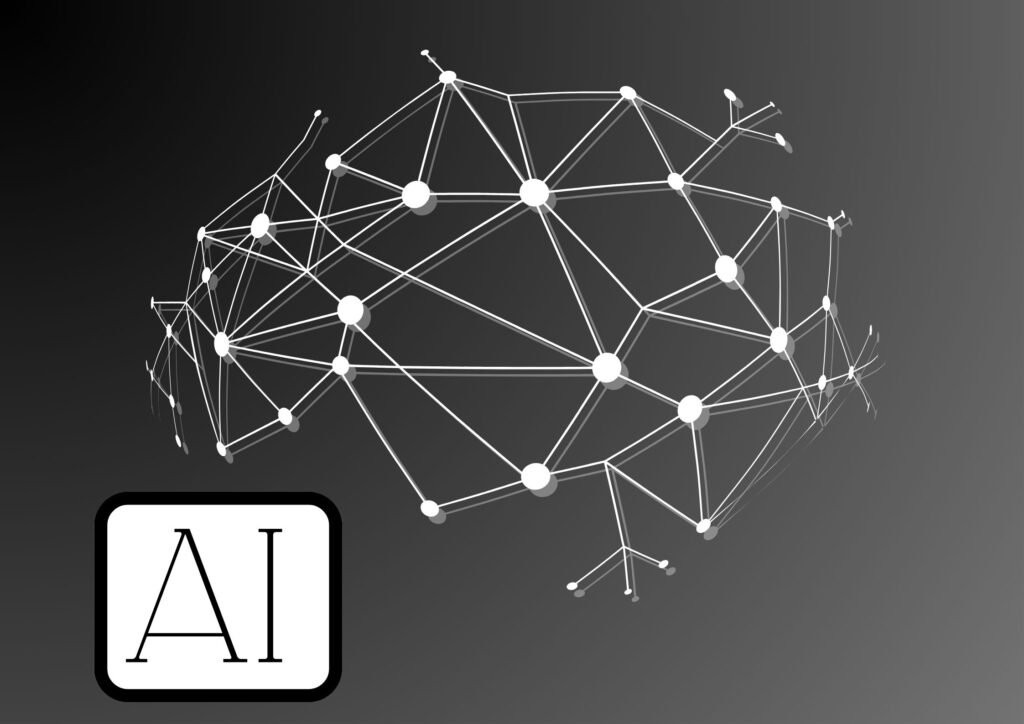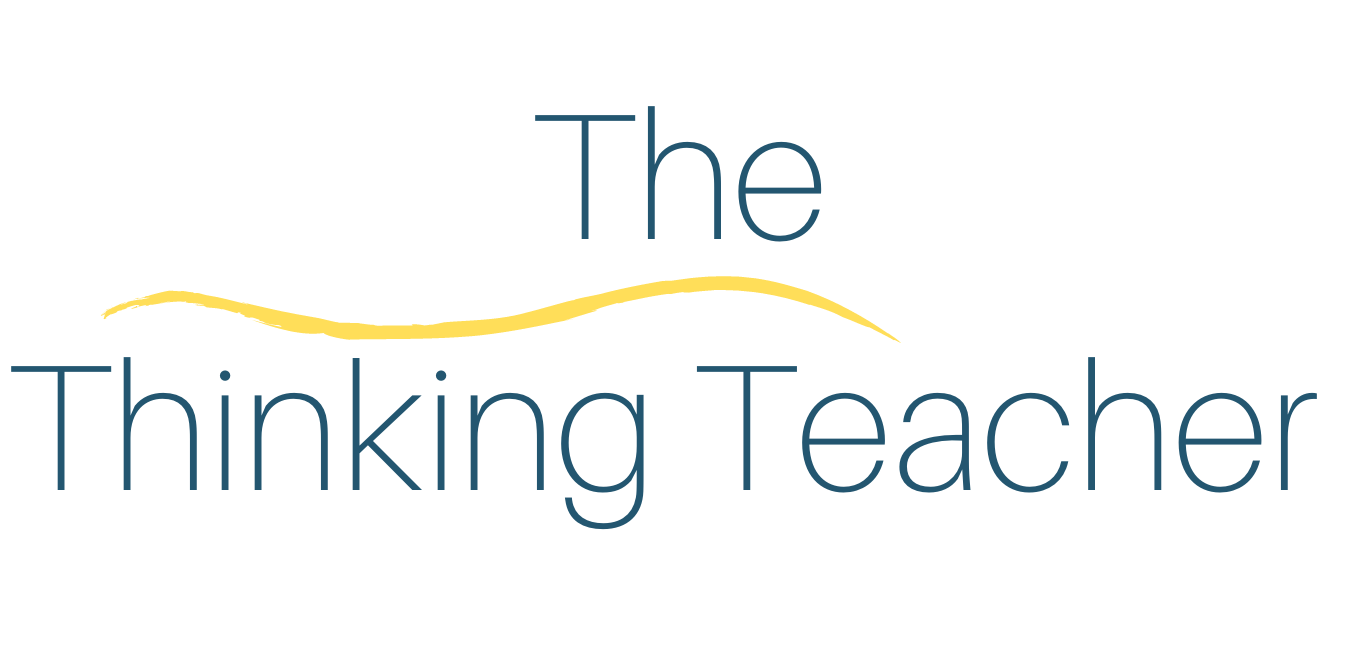Enhancing Learning in the Classroom with ChatGPT

As artificial intelligence models like ChatGPT become more accessible, it seems inevitable that teaching methods and the way students learn will evolve. While some educators will embrace these developments, some will try to maintain the status quo and continue with what they know. With these latest advancements, it seems inevitable that AI will transform the educational landscape, so rather than resisting these changes, it seems far more advantageous to understand and utilise these new technologies.
Rather than fearing or banning artificial intelligence models like ChatGPT, teachers have the opportunity to enhance teaching and learning by utilizing such tools effectively. While it may seem natural to use AI-powered tools as just enhanced search engines, ChatGPT and other generative language models can do much more and have the potential to positively transform education for teachers and students.
What is ChatGPT?
ChatGPT is a language model that is driven by artificial intelligence. The data used when being trained, allows ChatGPT to engage and produce human-like text. The extensive amount of data used to train ChatGPT means that it can compile detailed information from multiple sources. It is important to note that ChatGPT is an offline model, which means it does not search the internet and provide real-time data. The accuracy of the information it retrieves will depend on when its training data was last updated. Understanding this is important when considering how best it can be utilized.
How can AI-powered tools be used in education?
Technological advancements will continue to impact teaching methods and students’ engagement with the lesson. For example, the introduction of iPads in the classroom gave students access to the internet and a host of Apps, transforming the way they accessed content and produced work.
In the article Taking a Transformative Approach to AI, author Tony Frontier explains how schools can respond to the rapid accessibility of AI.
Firstly he states that schools can reject these advances by banning them or utilising software to detect when students have been using AI. This could be considered an impulsive response as it would be difficult, if not impossible, to monitor. As students’ technological skills evolve, it seems reasonable that they will find ways to circumvent such bands.
Secondly, Frontier suggests that schools can use AI as a transactional response, where teachers use it as a search engine to find lesson ideas or check students’ work. While this can still be useful, it only partially utilises the potential of models like ChatGPT. Furthermore, Frontier suggests if used exclusively to generate lessons, it can reduce the intellectual engagement that typically occurs during the planning and assessing processes.
Finally Frontier suggests that the best way to use AI is through transformational responses where open-ended questions are asked to generate unique content suited to individual students.
How can teachers use ChatGPT effectively?
Here are some examples of how to leverage a transformational response:
- Increase student motivation by tailoring content to student’s interests
- Rewriting texts to match the student’s reading level
- Translating content into students’ first languages
- Identifying common misconceptions in specific topics and focusing on them
- Creating personalized assessments
- Provide personalized and timely feedback
- Creating examples or non-examples
- Creating assessment rubrics in student-friendly language
For educators, one of the most valuable opportunities AI-powered tools like ChatGPT can provide is the ability to create personalized learning plans for all students. As a teacher, one of the most precious commodities is time. Time to plan lessons and mark work, not to mention the time required to teach all the objectives in a curriculum. Creating individual lesson plans for each student, considering their strengths, interests, and specific learning goals, is not a new concept or aspiration. Still, the time it takes to do so has yet to be attainable.
This is where AI-powered tools can have the most impact. Rather than fearing such technological advancements, embracing them and understanding how they can be best utilised can allow teachers to provide the support and education they aspire to.
Key Takeaways
- ChatGPT is a language model driven by artificial intelligence. The data used when being trained allows ChatGPT to engage and produce human-like text.
- Technological advancements will continue to impact teaching methods and students’ engagement with the lesson.
- A transactional response is where teachers use AI-powered tools simply as a search engine.
- Frontier suggests that the best way to use AI is through transformational responses, where open-ended questions are asked to generate unique content suited to individual students to maximise learning.
